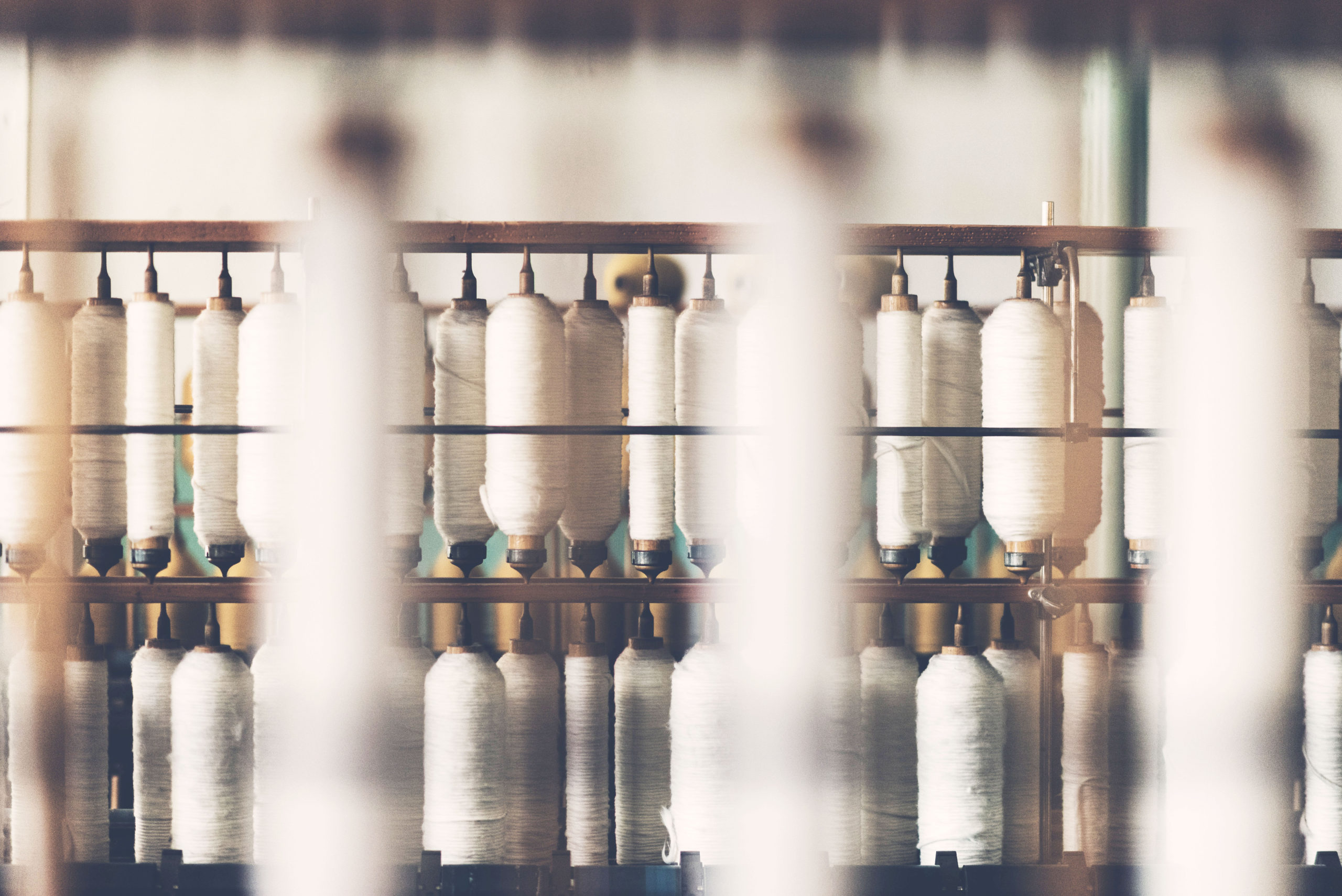While sustainability becomes an essential requirement for brands that want to guarantee the durability of the fashion industry, the collective pressure applied by society is positioned as one of the hegemonic forces that pushes textile companies to update their environmental, social and ethical management. In a context in which commercial claims linked to “more responsible” practices are growing, marketing departments must rely on honesty to conquer an increasingly aware consumer who doesn’t accept empty messages when making purchasing decisions.
Sustainability sells, the latest research from the NYU Stern Center for Sustainable Business and IRI shows it. Between 2015 and 2019, products marketed as sustainable accounted for 54,7% of total market growth. However, the OCU states that more than half of Spanish consumers consider that most companies use sustainability only as a commercial claim. The interest in sustainable products is obvious but, as we discussed in our article “6 top challenges in sustainability for 2022: A mandatory paradigm shift”, the client demands responsibility and rejects brands that aren’t truthful in their communication.
Sustainable marketing is a response to the growing demand from consumers who want to purchase products in a sustainable way. For the customer, it’s about being able to clearly recognize what is the environmental, social and economic footprint of a brand as well as what actions it’s taking to fight this impact. For fashion brands, their job is to make this information available to consumers through transparent and honest marketing.
With increasing demand for sustainable products and recent skepticism from customers, it’s time for fashion companies to support their responsible activity with a good marketing strategy. Below we compile some examples of our brave brands and we reveal the keys to finding in communication an essential tool to point out the value of sustainable development in fashion.
1. Speak from truth
For years we’ve seen how some buzzwords such as eco-friendly, green or conscious multiply in commercial claims. These adjectives are intended to frame the product within a sustainable context, however, they have no meaning. These are confusing expressions that in the long term have a negative impact on the brand image.
Respecting the public as an increasingly aware and informed entity is essential to gain its trust.
The so-called “greenwashing” is a dishonest practice that through ambiguous statements tries to make the consumer believe that the product has a series of environmental characteristics. A bad method due to the ease of unmasking the brand and the consequent loss of loyalty from the audience.
When the marketing of sustainable products is explicit, avoid exaggeration and provide evidence through facts, as can be seen in the sustainability section of Sepiia’s website where they compile real data measured by BCOME.
2. Communicate with transparency
The greatest tool to fight greenwashing is transparency. Despite not being able to guarantee 100% sustainable behavior, the predisposition to show the truth and establish a starting point to work on is the key to strengthening the relationship with the consumer.
Communicating honestly will make the brand perceived as a credible organization.
In the case of the textile sector, this transparency is based on sharing quantifiable data on supply chains, business practices and their impact on workers, communities and the environment. Allowing to identify where and when the system is failing is what makes transparency a very powerful tool. The first step to take responsibility for the events and start to build positive change that is also reflected in the trust that consumers place in brands.
With the help of BCOME, Beflamboyant carried out a study of the entire production chain of its product, not only with the aim of knowing what they were doing and which areas could improve, but with the purpose of offering this data with absolute transparency to its audience.
3. Give value to traceability
Frequently, the messages related to the sustainable development of fashion brands tend to focus on the raw materials used, however they must be extended throughout the entire life cycle of the product. From how the design is made, production systems, transport or materials used at the points of sale.
Everything matters, everything becomes an opportunity to communicate the values of the brand.
Knowing in detail the processes that a company follows will ease its following communication to the consumer. Introducing the brand as if it had nothing to hide will increase customer loyalty.
Traceability is at the core of sustainability for Axel Arigato. On their site, they offer information about their production centers through an interactive map.
4. Quantify performance
In order for the brand information not to be simple statements, it’s necessary to turn to the true evidence of progress: the figures.
The numbers tell the truth, if a brand has managed to reduce its carbon footprint, has increased its recyclability index or has increased the useful life of its products, this activity must be quantified and communicated through figures.
Performance indicators are the best demonstration of a brand’s sustainable commitment.
At BCOME we rely on data as a tool to identify areas for improvement of a brand but also as the most honest method of communicating with the consumer.
Our brands integrate the traceability of their products into their e-commerce and label their garments with smart labels that compile all the information through a QR. Ecoalf is one of the brave brands that trusts BCOME to give the user the freedom to navigate between data to facilitate conscious decision-making.
5. Show the will to evolve
In addition to showing what the brand is doing in the present, it’s important to communicate what its medium and long-term goals are. Bring up a forecast of the sustainable growth that the brand wants to have in a period of time.
A formula to announce the brand’s commitment and underline its will to evolve.
However, it’s essential to update the status of these goals and not abuse messages located in the distant future. When a brand’s sustainability reports have more goals than recent results, it’s inevitable to perceive those goals as empty promises.
Identifying its areas for improvement allowed ThinkingMu to set its goals for the following year and clearly show them to its community.
6. Talk with the community
Customers are the biggest source of information for a brand when it comes to designing products and services that best suit their needs.
Those brands that don’t talk with their public are doomed to die.
Choosing the channels in which the company must be present and creating content that reflects corporate values will ease interaction with the community and increase the level of awareness within it, thus giving value to the product manufactured in a sustainable way.
Listening to the consumer and talking to the community will allow brands to create synergies with their audience, boosting the achievement of a common cause.
Through a live chat with the presence of BCOME, Pompeii opened the debate on why sustainability should be at the center of today’s fashion industry.
7. Extend communication
The relationship between brand and customer shouldn’t end with the purchase of a product. It’s the responsibility of the company to provide consumers with right instructions to extend the useful life of the garment they have just bought, maximize its use, indicate what its care conditions are and how they should discard it once it reaches its end of life.
The conversation should extend beyond the purchase.
As we mentioned in the keys to adapting the fashion industry to the waste law, the success of sustainable initiatives, such as selective collection systems, will largely depend on the marketing strategies that encourage consumers to discard their garments properly. Honesty also implies providing the consumer with the necessary tools to take responsibility for the garment once it reaches their hands.
In order to promote the longevity of clothing, Alter Made provides a care guide based on the type of fabric. A compilation of tips aimed at encouraging the use of their clothing and reducing replacement.
Every fashion brand is a project in constant evolution. Consumer trust and loyalty won’t be achieved through perfection, but through honest and transparent communication of the practices that the brand is developing. Fearlessly showing the possible mistakes that the company has made in the past is part of becoming aware of the need to improve.
At BCOME we want to bring accuracy to your communication to strengthen the trust that your customers place in your brand. Through our tool, we offer you the possibility of making the sustainable performance of your products available to your audience in a clear and understandable way. Do you dare to be part of the sustainable transformation?








